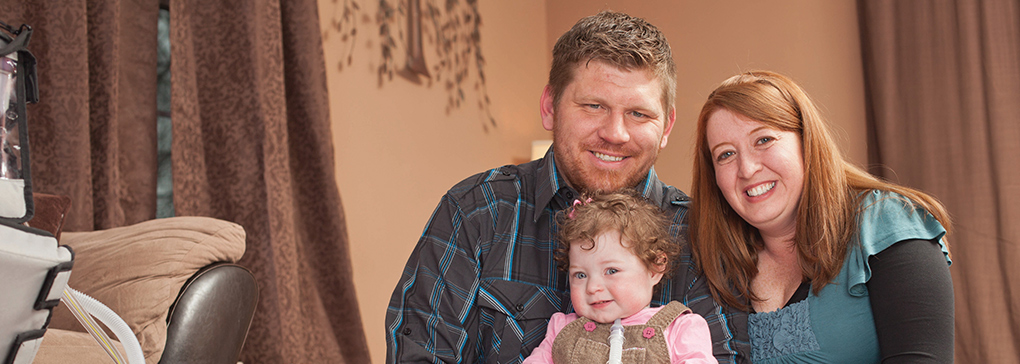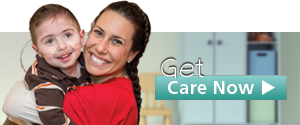Pediatric Home Care Equipment
Education and support with home care equipment
The equipment and supplies your child needs for care may seem daunting and overwhelming to you. Since BAYADA Pediatrics is accustomed to providing care for medically-fragile, technology-dependent children every day, we are experts at ensuring that your home is properly equipped. Our highly experienced pediatric RNs and LPNs are trained to operate the equipment and to provide safe, complex care - from short-term recovery care to ongoing nursing and tracheostomy and ventilator care.
We work with your family, your child’s physicians, and durable medical equipment companies to determine necessary equipment and supplies for your child’s unique plan of care.
Learn more about equipment your child may need:
Tracheostomy
A tracheostomy is the construction of an artificial opening through the neck into the trachea, usually for the relief of breathing difficulties. A tracheostomy tube is then inserted into the opening to facilitate breathing. A tracheostomy is commonly referred to as a “trach.” (pronounced 'trake')
Ventilator
A ventilator is a machine that maintains a flow of air into and out of the lungs of a person who is unable to breathe on their own. A ventilator is commonly referred to as a “vent”.
Suction machine
A suction machine can help to remove secretions and mucus from an airway – including oral, nasal, and tracheal – that cannot be cleared by coughing.
Apnea monitor
A home apnea monitor is a portable machine used to monitor a person’s heartbeat and breathing. When the child has a heart rate or breathing rate that is below the limits set on the monitor, an alarm goes off, alerting the caregiver. Those who may be in need of an apnea monitor include children who have persistent apnea, severe reflux, tracheostomy (with or without a ventilator), or who utilize home oxygen.
Pulse oximeter
A pulse oximeter is a medical device that monitors the level of oxygen in a person's blood. It is set to alert the caregiver if oxygen levels drop below safe levels.
Feeding tube
A feeding tube is a medical device used to provide nutrition to people who cannot obtain nutrition by mouth, are unable to swallow safely, or need nutritional supplementation. Placement may be temporary for the treatment of acute conditions or lifelong in the case of chronic disabilities.
A variety of feeding tubes are used in home care. The most common types of tubes include those placed through the nose, including Nasogastric (NG-Tube), Nasoduodenal (ND-Tube), and Nasojejunal tubes (NJ-Tube). There are other types of feeding tubes including those placed directly into the abdomen, such as a Gastrostomy (G-Tube), Gastrojejunostomy (GJ-Tube), or Jejunostomy (J-Tube) feeding tube.
Formula for use with feeding tubes is ordered by a physician and is supplied by the durable medical equipment company (DME).
BAYADA Pediatrics Nurses have extensive disease and age-specific training for children, including nutritional care needs.

